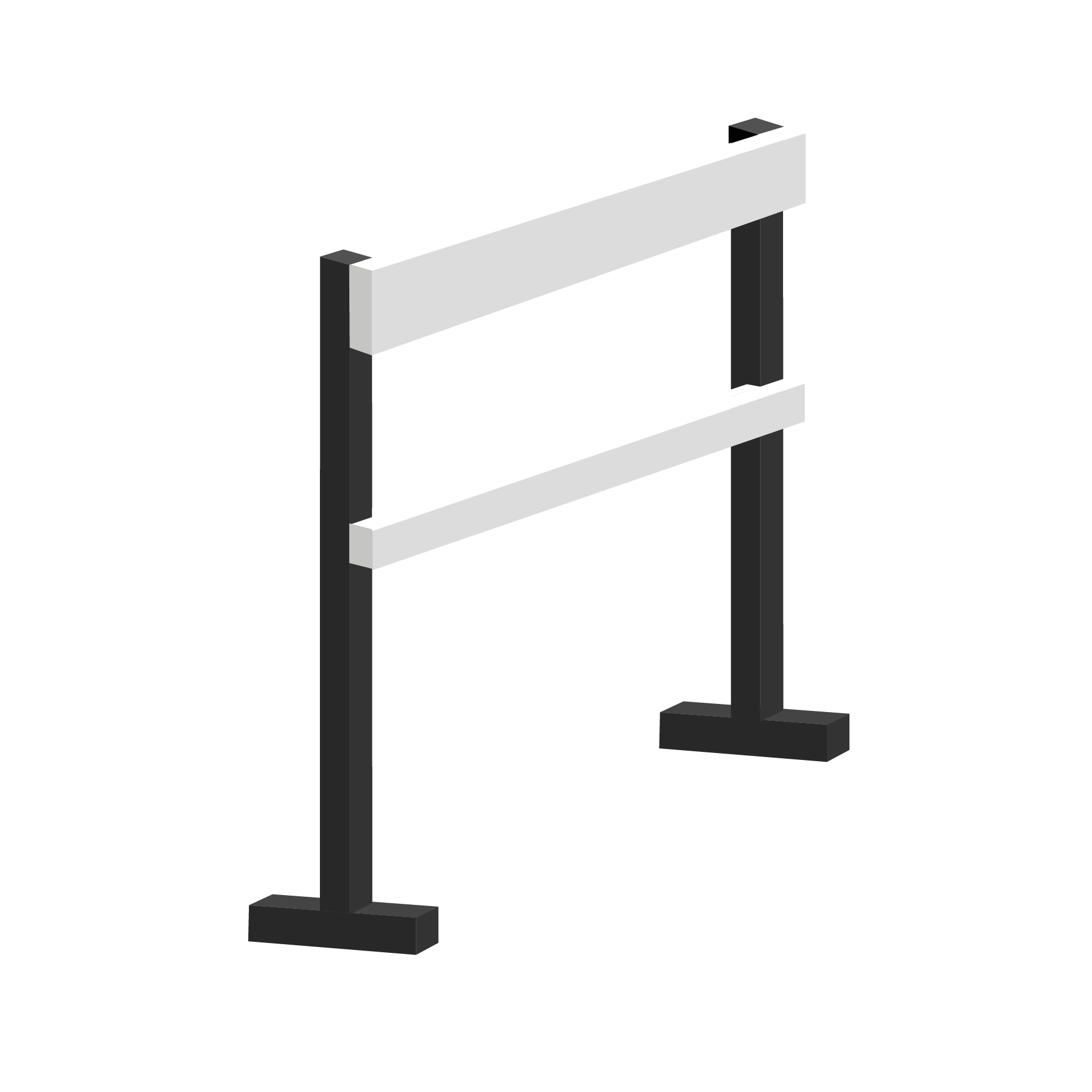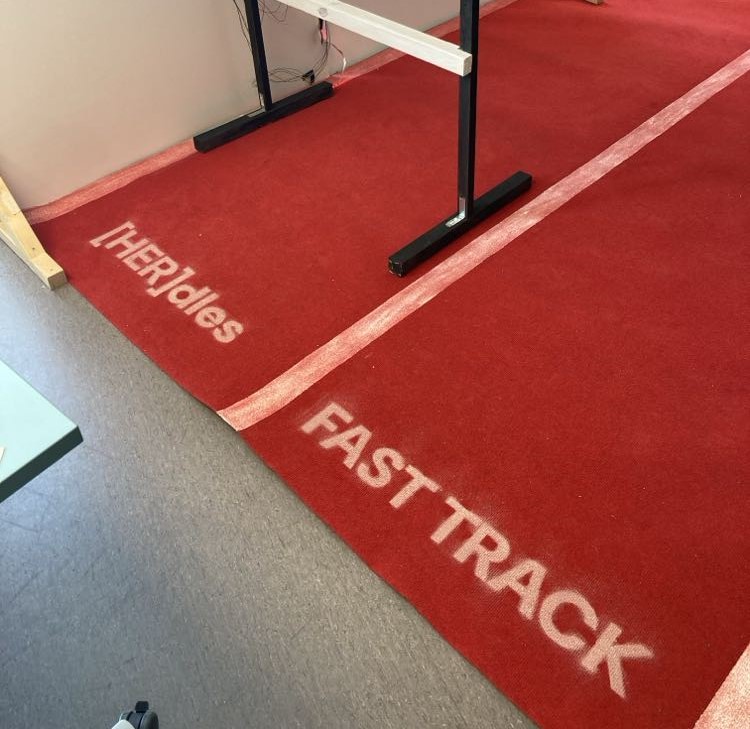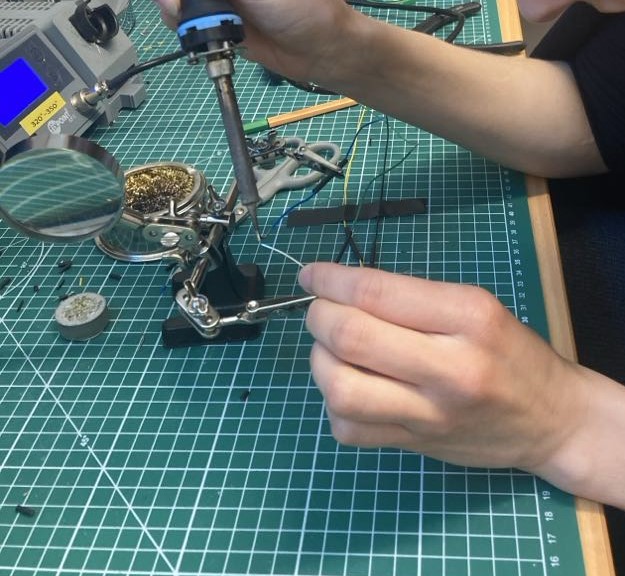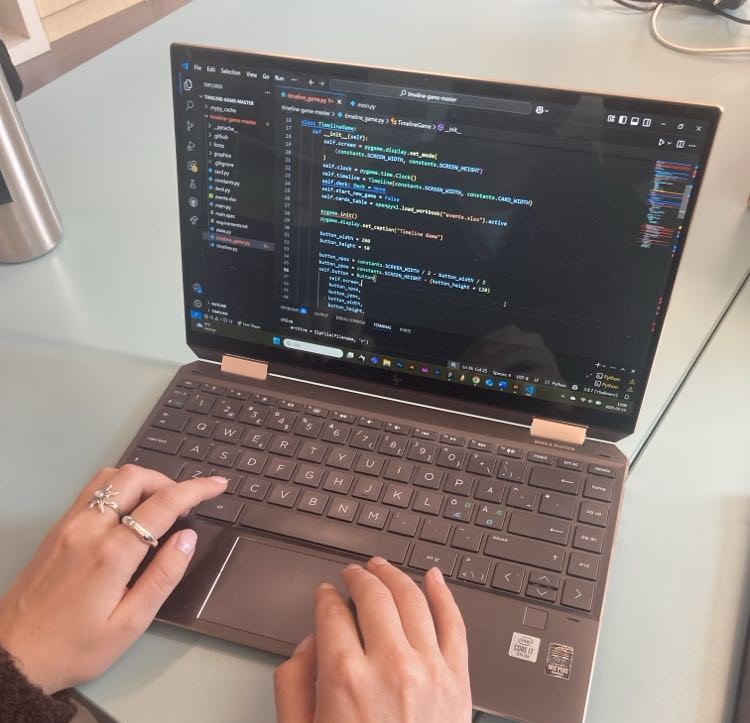 "Participation in sports makes a woman manly"
"Competitive sports go against women's nature"
"Women can't run long distances without looking exhausted"
"Participation in sports causes menstrual problems"
"Sports are physically and mentally harmful to women"
"Women are ill-equipped to compete in the Olympics"
"Participation in sports makes a woman manly"
"Competitive sports go against women's nature"
"Women can't run long distances without looking exhausted"
"Participation in sports causes menstrual problems"
"Sports are physically and mentally harmful to women"
"Women are ill-equipped to compete in the Olympics"
The concept
[HER]dles is an interactive exhibition concept that highlights the historical struggle of women in sports, focusing initially on key events during the 1920s in Sweden. Through a combination of physical interaction, sound, and visual storytelling, visitors explore the barriers (hurdles) women faced and overcame in their fight for equal access to sports and physical activity.
Game

Test your knowledge of women’s sports history in this timeline game. Match key events in women’s sports and society with the correct year, from 1900 to today.
Hurdle

The hurdle represents the exclusion of women from Olympic athletics. As you approach, light and video clips from the 1926 Women’s Olympics in Gothenburg are triggered, held in response to that exclusion.
Radio

This vintage-style radio plays ambient sounds. When you press the button, it switches to a radio clip discussing the 1926 Women’s Olympics in Gothenburg.
The prototype
The prototype intends to resemble a steeplechase and the metaphor is brought to life through a blend of physical design and digital interaction. Visitors encounter a red mat with track lane markings, a full-sized hurdle, a timeline wall showcasing key events related to women in sports in the 1920s, a screen, and a custom-built radio.
Ultrasonic distance sensors detect movement when a visitor approaches the hurdle, which triggers a LED strip that guides the visitor’s attention toward the screen by lighting up. The screen displays quotes and myths that were used at that time to discourage women from participating in sports. When the sensors on the hurdle are triggered, the screen changes to display video clips from the 1926 Women’s Olympics in Gothenburg, to showcase that women were able to overcome the obstacles they faced. The interaction is powered by Arduino, which controls the sensors, the LED strip, and the screen.
The radio was built using a laser-cut wooden enclosure and powered by Arduino. It plays ambient background sound from the 1920s to create a historical atmosphere to the exhibition. Pressing the button of the radio, makes it switch to a radio clip discussing the 1926 Women’s Olympics in Gothenburg. The installation includes a speaker, MP3 module, physical button and is powered by Arduino.
The game is placed in the beginning of the exhibition and enables the user to explore over a century of progress in women’s sports and society, ranging from year 1900 to today. Inspired by the board game När då då?, players are supposed to match historical events to their correct years and discover how social progress and sports milestones intersect.

Lo-fi prototyping

The carpet with painted lines and text

A lot of sawing and drilling

The laser-cut radio

Wiring setup with Arduino

A lot of soldering

The hurdle with sensors, the LED strip and the screen
